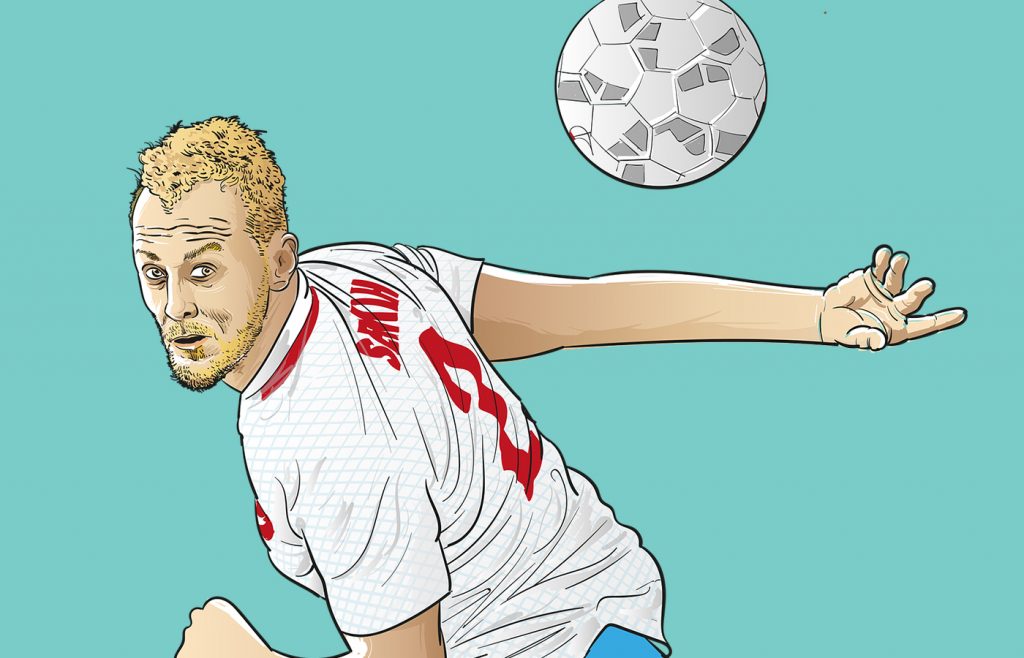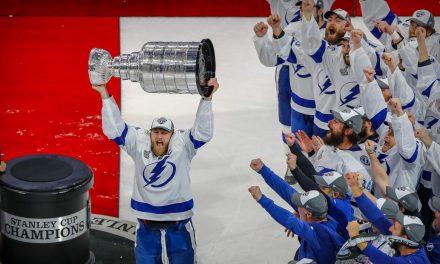
The popularity of Major League Soccer is rapidly growing as each year passes. With players including Zlatan Ibrahimovic, Wayne Rooney, Carlos Vela and Josef Martinez among those who participated in the 2019 MLS season, there is plenty of talent and interest in the league.
During the 2019 MLS campaign, we saw many great headed goals. Los Angeles Galaxy, Colorado Rapids and Chicago Fire each scored 15 goals from headers during the season plus Portland Timbers and Toronto FC both reached double figures for headed goals. In fact, prior to the MLS Cup final there were a total of 170 goals scored from headers during the campaign.
If you add the number of headed clearances by defenders and contested headers in midfield, the number of times players are heading a soccer ball during the course of a single season is very high.
Should soccer players be concerned about the number of times they are heading the soccer ball during their career?
A study which commenced in 2018 at Glasgow University showed football players had a 3.5 times higher rate of death from neurodegenerative diseases such as ALS, Alzheimer’s or Parkinson’s disease. It also found that soccer players were more likely to be prescribed dementia medicines than the others were.
The study compared the causes of death of 7,676 Scottish men who played soccer with 23,000 similar men from the general population born between 1900 and 1976. The soccer balls being used by players active between these dates were obviously heavier than the balls being used today but that doesn’t mean that the findings should be dismissed, especially by players competing in Major League Soccer.
During the 2017 MLS season, Kevin Doyle retired from soccer after complaining of repeated headaches from heading the ball and concussions while playing. The former Republic of Ireland international played for the Colorado Rapids at the time and was 34-years-old. This was a preventative measure from the striker in the hope it would avoid permanent damage.
Speaking after the player announced his retirement, former Manchester United midfielder Roy Keane said, “If you’re worried about the physical side of any sport, then play chess,” Keane said. “It is part of the game, players picking up injuries. (Doyle) is a center forward, and he gets a few knocks from center backs. I’m sure he has given out a few himself.”
Perhaps it is comments like this which led Glasgow University and the English Football Association to take dementia more seriously in soccer. The U.S. Soccer Federation recommended a ban on headers for players under 10 years-of-age due to concerns over head injuries and this has now come into effect.
Former American football players who have been diagnosed with brain injuries linked to repeated concussion have seen a $1 billion settlement from the NFL but that’s too late to prevent the damage which has already been done.
Perhaps soccer can lead the way in changing how sport views dementia? Particularly when it comes to heading the ball or being struck on the head during a match.










